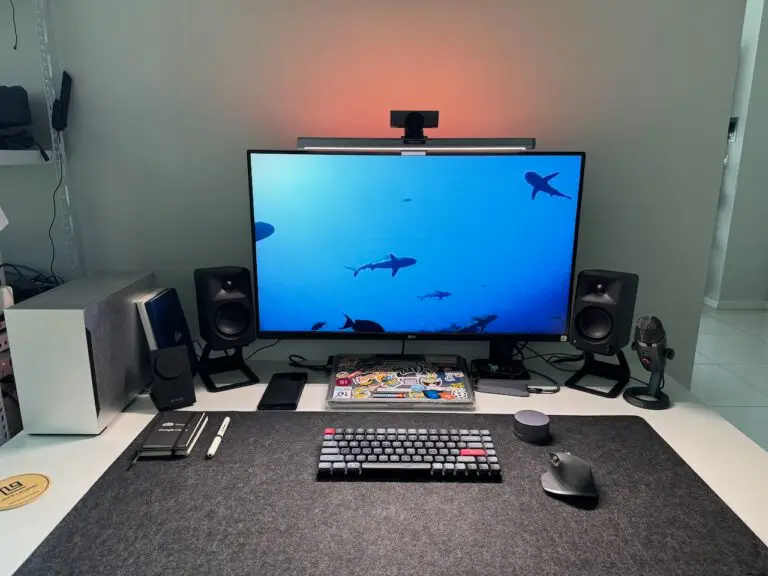When was the last time you backed up your music, photos, documents, contacts, email or personal data? If the answer is never or I don’t know then you should probably read this. Over the years I have met the tragic feeling you get when you realise the files are fucking gone. I’ve had this from running the wrong command on a server, from hardware failure and other circumstances. I have learned from this that I need to make regular backup’s both on site and offsite. As an IT professional I also have clients and friends call me regularly asking me how to recover files. In almost all instances none of them have a backup, so they’re up shit creek and I hate being the guy that has to tell them, the files are gone.
Solutions
Backup systems until recently have been insanely expensive, stupid to use or just not good enough. Luckily as technology evolves, backing up your computer becomes easier. There are some pretty good and free on-site backup systems and some nice paid cloud solutions around.
On-site
If you’re in the lovely world of Mac OS X then you’ve probably heard of Time Machine. This is a built in backup system from Apple that is really nice and easy to use. Get an external drive, plug it in answer yes to the prompt and presto backup solution in place. Windows 7 has a built-in backup system but its a bit more complicated, but it’s there, its free and it works. These 2 solutions are great, but what happens if you get robbed and they take your backups? Well from personal experience it’s just as bad as having no backups.
Cloud Services
In the last couple of years cloud services have come along that have allowed you to store files (usually 2GB) for free in ‘the cloud‘. The two services that I use are DropBox or SpiderOak. I use DropBox for collaborating with clients and friends around the world. It’s just so easy, drop a file into the folder and it sync’s to whoever is sharing that folder with me. I use SpiderOak as my offsite backup service and to sync my several computers.
Backup Procedures
It’s good to have backup’s either on-site or in the cloud but it’s also good to make sure that you’re following a procedure to make sure that you have little or no data loss during a failure. This could be as simple as when you leave the house, hide your external drive or having two external drives and storing one off-site at a friend’s house or even hidden in your own house. At the very least you should use the free cloud services to back up important documents and maybe some of your photos. Music can always be re-downloaded/ripped. But photos and personal documents, if they’re gone, they’re gone.
My Setup
Being the geek that I am I have several levels of backups in place to make sure that if I have a failure I have plenty of recourse for recovery. Requirements for my backup system was pretty simple, do it without me thinking about it. Having to think about backup’s is a big pain in the ass and from my experience ends up with you just forgetting and eventually loosing data.
The configuration that I have is a bit more complex than most but it’s still a good idea to think about this. I have five different levels of backup that include the following:
- Time Machine backup to external drive for both of my laptops
- Important documents and client / collaboration documents go to my DropBox account (10GB after referrals)
- Important personal documents, client documents, photos and personal things go to my SpiderOak account (2GB soon to be 100GB account).
- Time Machine backup to my newly installed QNAPNAS (New).
- NAS backs up nightly to two different drives (New).
- I will be storing a weekly physical backup offsite soon
Holy crap you might say, why yes and to the average person the costs might be a bit high, but after the amount of data I have lost over the years and I have seen lost, its worth every cent.
The new NAS was a bargain in terms of redundant arrays. I got the complete setup including drives for the bargain price of $857 from Umart. The setup included the following:
- 4 x 2TB Seagate Green SATA Hard dives @ $88 each
- 1x QNAP TS-412 NAS @ $505
Note: You could get yourself the TS-410 and save yourself $40 and smaller or larger hard drives but that’s up to you.
I’m glad I have added this extra level of protection on top of my single drives and the cloud services I have in place. My recommendation to you is to back up and backup now! Go out and buy an external hard drive from JB Hifi or WOW. Don’t call me and ask me how to recover data if you don’t have a backup, all you’ll hear from me is laughter.



